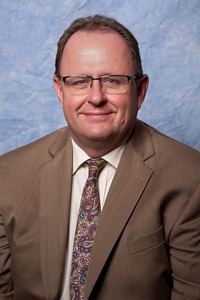How Broadlawns Medical Center Is Making Telehealth Accessible to Economically Disadvantaged Patients
// By Althea Fung //
 A safety net hospital in Des Moines, Iowa found a way to connect patients with needed behavioral health services using telehealth kiosks, leveraging community resources to provide broadband connectivity, private spaces, and support staff.
A safety net hospital in Des Moines, Iowa found a way to connect patients with needed behavioral health services using telehealth kiosks, leveraging community resources to provide broadband connectivity, private spaces, and support staff.
Telehealth usage has skyrocketed across the country. In the past year of the pandemic, the weekly number of behavioral health visits increased 25 percent on average compared with before COVID-19. This is due to expanded use of audio and video technology. But a study of insured patients published in Health Affairs found that in poorer communities, telehealth usage was significantly lower.

Steve Johnson, behavioral health administrator, Broadlawns Medical Center
“Prior to the pandemic, we built our patient portal to utilize telehealth services. But it reaches only part of our patient population,” says Steve Johnson, behavioral health administrator at Broadlawns Medical Center.
“When you’re dealing with populations in poverty, they may not have a video-capable phone. They may not have access to the kind of equipment or internet that you can just log on to a patient portal for telehealth.” A safety net hospital serving Polk County, Iowa, Broadlawns is required to provide needed medical care regardless of patients’ insurance status.
In Polk County, which includes Des Moines, about 15 percent of residents do not live in a household with broadband internet access. To ensure patients have access to health services, Broadlawns has launched a telehealth kiosk pilot program in a local community center, Urban Dreams.
